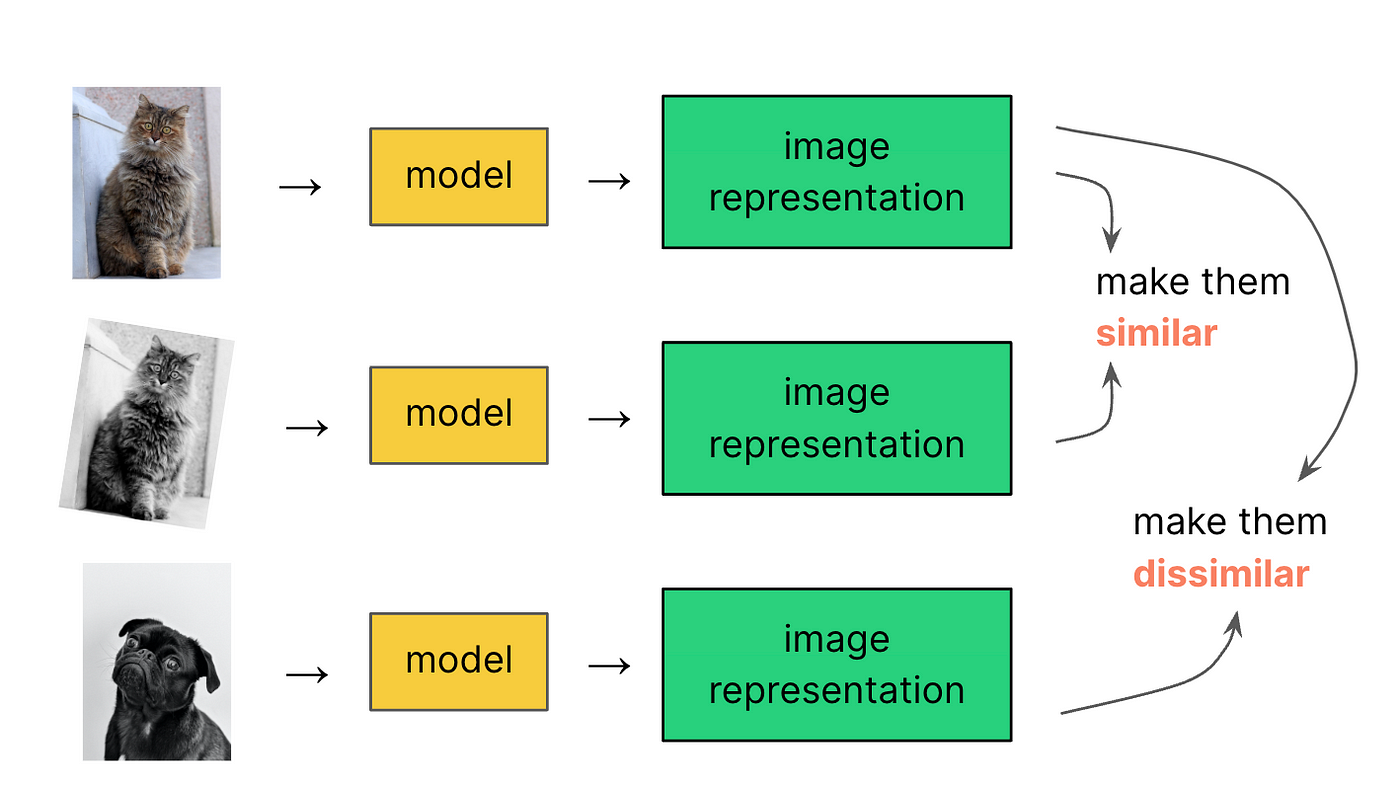
The global Self-Supervised Learning Market size is predicted to reach USD 95.14 billion by 2030 with a CAGR of 34.0%. The self-supervised learning (SSL) market is experiencing unprecedented growth in 2025, propelled by technological advancements, increasing demand for automation, and its transformative applications across industries. This article explores the key drivers, recent developments, and challenges shaping the SSL market in 2025, providing insights into why this AI paradigm is becoming a cornerstone of modern technology.
The Rise of Self-Supervised Learning
Self-supervised learning, a subset of machine learning, enables models to learn from unlabeled data by generating supervisory signals from the data itself. Unlike traditional supervised learning, which relies on costly and time-consuming labeled datasets, SSL leverages techniques like contrastive learning and masked language modeling to pretrain models on vast amounts of unstructured data. This approach has gained traction due to its efficiency and ability to produce generalizable models, particularly in natural language processing (NLP) and computer vision.
In 2025, SSL is no longer a niche concept but a mainstream force driving innovation. Large language models (LLMs) like ChatGPT, Claude, and Gemini, which dominate AI applications, rely heavily on SSL for pretraining. These models predict the next word or token in a sequence, enabling them to understand context and generate human-like responses. Similarly, in computer vision, SSL techniques like contrastive learning allow models to recognize patterns in images without explicit labels, revolutionizing fields like autonomous driving and medical imaging.
Key Market Drivers in 2025
1. Surge in Automation and IoT Integration
The rise in automation across industries such as banking, manufacturing, and healthcare is a significant driver of the SSL market. A recent article from Deccan Chronicle highlights SSL’s role in smart factory maintenance, where models monitor equipment sensors to predict failures before they occur. By analyzing data streams like vibration and temperature, SSL systems build a deep understanding of normal equipment behavior, reducing downtime and maintenance costs. This predictive capability is critical in manufacturing, where efficiency can determine market success.
The Internet of Things (IoT) further amplifies SSL’s impact. With billions of connected devices generating massive datasets, SSL’s ability to process unlabeled data is invaluable. For instance, in smart homes, SSL-powered models analyze user behavior to optimize energy consumption, as noted in a Persistence Market Research report on deep learning chipsets. By 2025, over 64 million U.S. households are expected to use AI-based devices, fueling demand for SSL technologies.
2. Advancements in Multimodal AI
Multimodal AI, capable of processing text, images, video, and audio, is a major trend in 2025. According to a Medium article by Sidra Awan, top models like GPT-4o and Claude leverage SSL to handle diverse data types. These models use self-supervised objectives, such as masked language modeling, to pretrain on multimodal datasets, enabling applications like real-time video processing and automated content generation. This versatility is driving SSL adoption in entertainment, marketing, and social media, where dynamic content creation is in high demand.
3. Cost Efficiency and Scalability
SSL’s ability to reduce reliance on labeled data is a game-changer for businesses. Supervised learning, which once accounted for 75–85% of machine learning use in production, is being overshadowed by SSL’s cost-effective approach. By pretraining on unlabeled datasets and fine-tuning with minimal labeled data, companies can deploy AI solutions faster and at lower costs. This scalability is particularly appealing in industries like healthcare, where SSL is used for medical imaging analysis, and in finance, where it powers predictive analytics for fraud detection.
4. Regional Growth and Market Leaders
North America leads the SSL market in 2025, driven by heavy investments in AI research and a robust tech ecosystem. Companies like NVIDIA, Google, and Meta are at the forefront, developing SSL-powered solutions for autonomous vehicles, virtual assistants, and more. Meanwhile, Asia-Pacific is emerging as a fast-growing region, with Chinese firms introducing SSL-based level 3 autonomous vehicle systems, as reported by MarketsandMarkets. These systems rely on SSL to process real-time sensor data, enhancing safety and efficiency on the roads.
Recent Developments in 2025
Several notable advancements have shaped the SSL market this year:
Automotive Applications: The automotive deep learning solutions market, valued at $3.1 billion in 2024, is projected to reach $9.2 billion by 2034, with SSL playing a pivotal role in computer vision and predictive maintenance for autonomous vehicles.
Smart Manufacturing: SSL is transforming smart factories by enabling predictive maintenance, as highlighted in a Deccan Chronicle report. This reduces operational costs and enhances reliability in manufacturing processes.
E-Learning and Personalization: The e-learning industry is leveraging SSL for AI-powered personalization, with platforms like DataRobot and Amazon SageMaker Canvas integrating SSL to create domain-specific templates for non-experts.
Healthcare Innovations: SSL models are improving diagnostic accuracy in medical imaging by learning from unlabeled scans, reducing the need for manual annotations by radiologists.
Challenges Facing the SSL Market
Despite its promise, the SSL market faces challenges. A key issue is the lack of skilled machine learning professionals, as noted by Allied Market Research. Training and deploying SSL models require expertise in data preprocessing and model fine-tuning, which can be a bottleneck for smaller organizations. Additionally, ethical concerns around data privacy and bias in pretrained models remain significant. For instance, SSL models trained on biased datasets may perpetuate inaccuracies, necessitating robust governance frameworks.
Another challenge is computational complexity. SSL models, particularly multimodal ones, demand significant computing power, driving demand for advanced chipsets. While GPUs remain dominant, as per a Persistence Market Research report, the high cost of hardware can limit adoption among smaller firms.
Future Outlook
Emerging trends, such as the integration of SSL with reinforcement learning and the rise of no-code AI platforms, will further democratize access to this technology. By 2030, SSL is expected to power a wide range of applications, from self-driving cars to personalized education, reshaping industries and enhancing efficiency.
In conclusion, the self-supervised learning market in 2025 is thriving due to its ability to harness unlabeled data, drive automation, and support multimodal AI. While challenges like skill shortages and computational demands persist, the market’s trajectory suggests a future where SSL is integral to AI innovation. As businesses and researchers continue to explore its potential, SSL is set to redefine how machines learn and interact with the world.


Write a comment ...